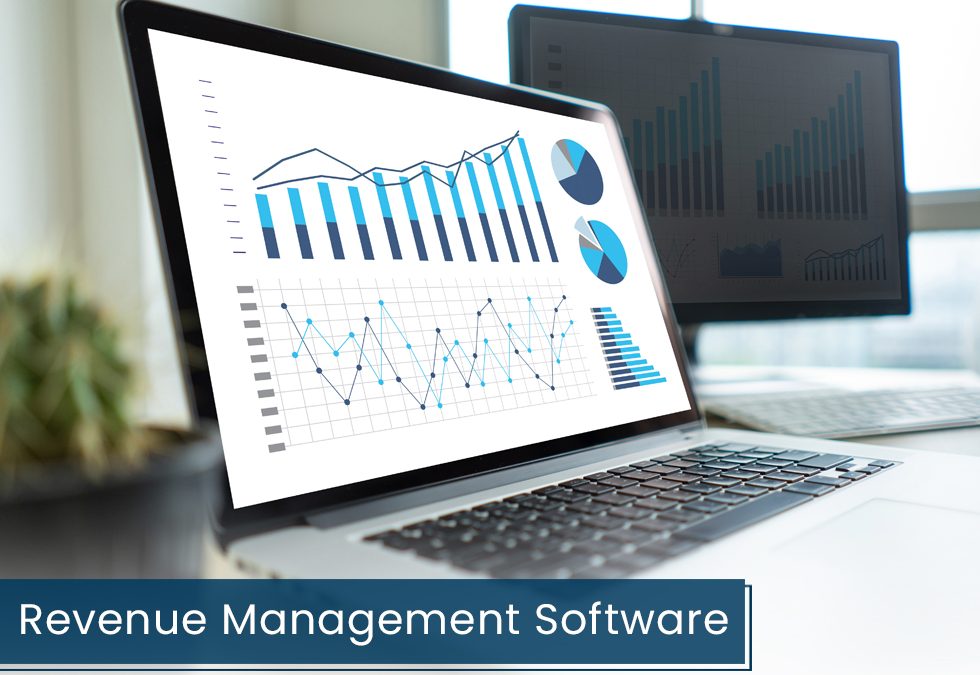Market fluctuations and changes in hospitality and travel demand can be fast-paced for hoteliers and revenue managers. The ability to quickly adjust revenue strategies as demand changes is critical to successful hotels, even when overall travel to the area is lighter. Revenue managers should be able to stay afloat during uncertain times by implementing hotel dynamic pricing strategies.
During periods of fluctuating room demand, hoteliers and revenue managers need to maximize revenue-generating opportunities. The good news is that some small adjustments can prove to be extremely profitable in the long run.
You’re missing out on valuable revenue opportunities if your room pricing changes only a few times a year. With a dynamic pricing strategy, you can take advantage of ebbs and flows in demand to increase your average daily rate and revenue per available room.
Based on supply and demand, dynamic pricing in hotels increases revenue and ensures maximum occupancy. Due to the fact that these prices are manipulated by algorithms in real-time, it is also referred to as “time-based pricing.”
The purpose of dynamic pricing is to increase occupancy and revenue. Here’s what it is, how it works, and how you can use it.
Dynamic pricing in hotels: how does it work?
Using dynamic pricing, hotels constantly adjust their room rates based on mathematical algorithms to increase occupancy. Understanding the customer and their behavior is essential to accurately focusing the algorithms to increase occupancy without sacrificing ADR and RevPAR.
Pricing algorithms can be tailored to focus on:
- Occupancy demand.
- Guest booking patterns.
- Different market segments.
- Day of week patterns.
- The average length of stay of guests.
- Room type preferences.
In order to be successful as a hotel revenue manager, you must understand your peak seasons, shoulder seasons, off-seasons, areawide special events, market segment performance, and other factors that generate demand. Through market research, they gain a deeper understanding of their customers. Hoteliers can increase ADR, RevPAR, and occupancy by conducting detailed market research and anticipating market fluctuations.
How dynamic pricing simplifies and streamlines revenue management?
Increase demand or create it.
Using dynamic pricing, hoteliers can also target different market segments that don’t usually book at their property, expanding their audience, increasing revenue potential, and minimizing the possibility of unsold rooms.
Provide competitive rates.
Dynamic pricing allows hotels to stay competitive by continuously adjusting room rates based on market activity. Using pricing algorithms, hotels can keep up with the competition by incorporating the comp set and area demand into their pricing algorithms. Underpricing will result in low RevPAR and ADR indexes in revenue reporting when guests are offered higher rates than others in the area.
Make your audience feel more welcome.
Revenue managers use dynamic pricing to determine what guests will pay for rooms. Hotel occupancy increases because more guests (who feel they’re getting a good, fair rate) book there. Hotels gain a deeper understanding of their target audience as they learn more about their customers.
Increase profits and save time.
It is extremely time-consuming for hotel revenue managers to manually pull and analyze data from multiple sources. Revenue managers handle a wide range of responsibilities every day, including rate maintenance. Depending on the delegation of duties at their hotel, they may also be required to set up marketing campaigns, develop group business strategies, and manage events.
The ability to view comprehensive data from multiple sources is made easier when systems communicate with one another, allowing quick decisions to be made. In addition to increasing occupancy levels, average daily rates, and RevPAR performance, dynamic pricing also saves time forecasting future demand, optimizing rates, and monitoring performance.
What makes Pricepoint an ideal dynamic pricing tool?
Intuitive and easy-to-use, Pricepoint comes with a plug-n-play functionality, integrating AI, market and competitor data to derive forecasts, run thousands of simulations and send optimal prices to OTA’s 24/7 to increase your revenues and occupancy.
Used by properties across Europe, South America, and North America, Pricepoint has helped them increase up to 25% revenue!
Want to see how Pricepoint can be a right choice for you? Go for a 30-day free, no-commitment trial to see by yourself how you can leverage Pricepoint for efficient revenue management.

